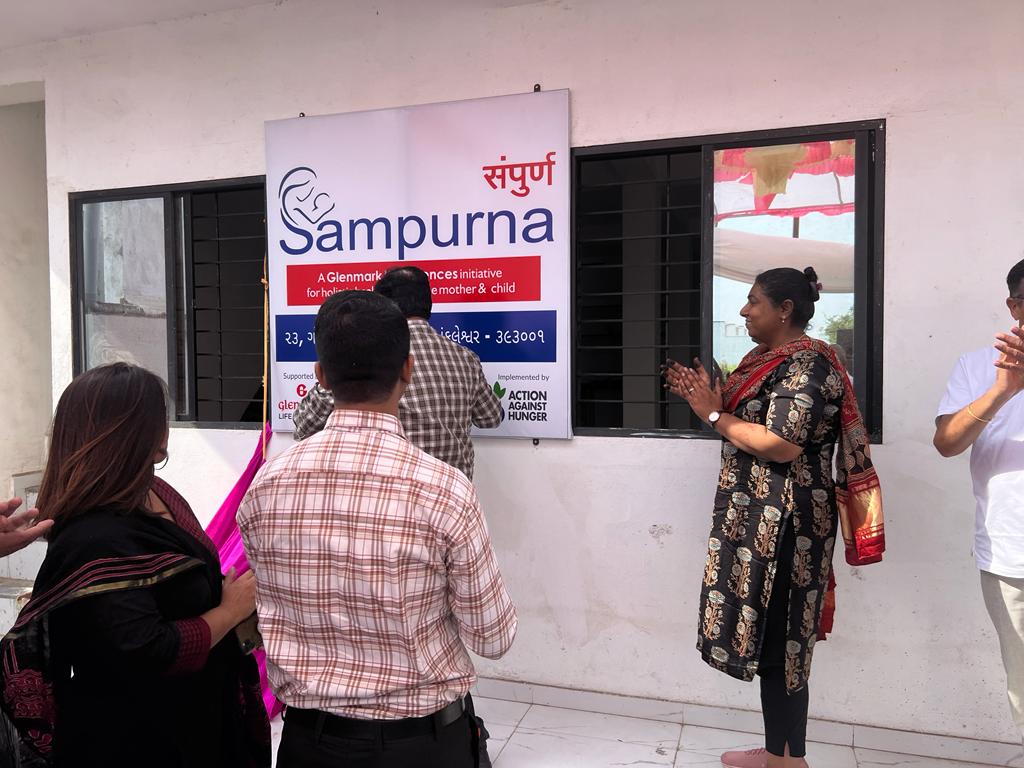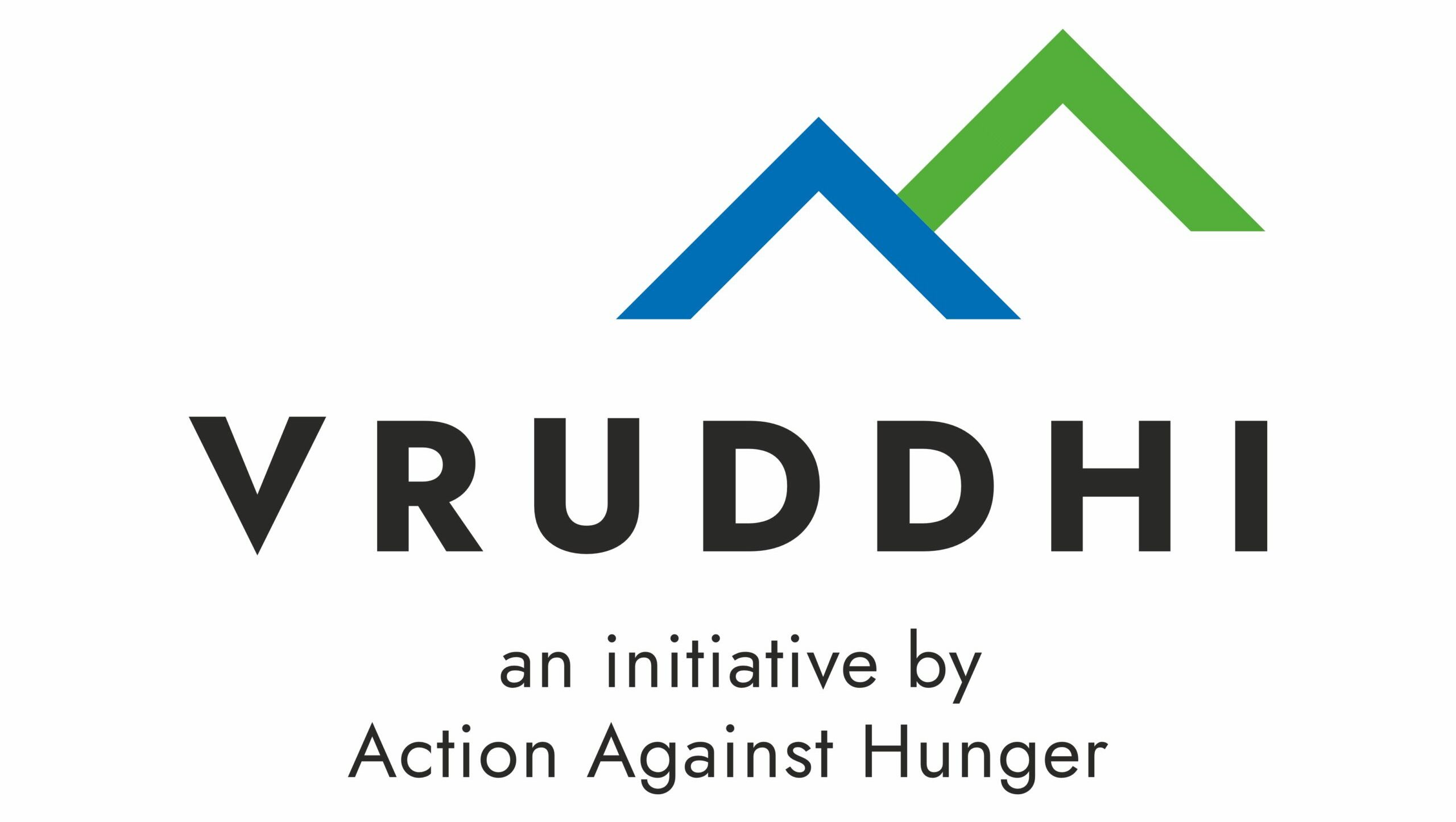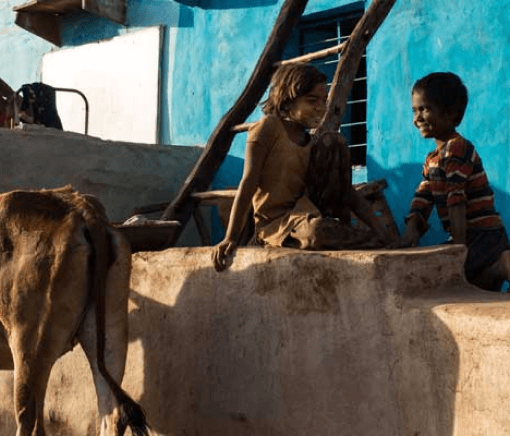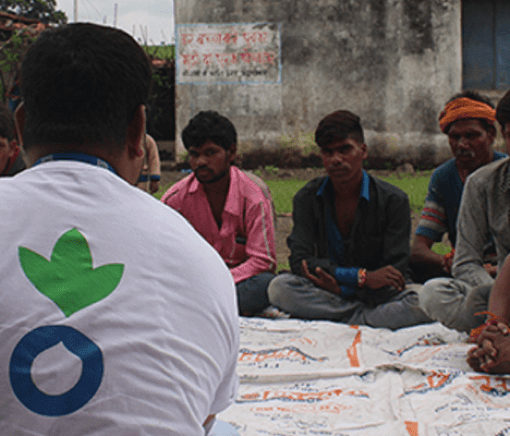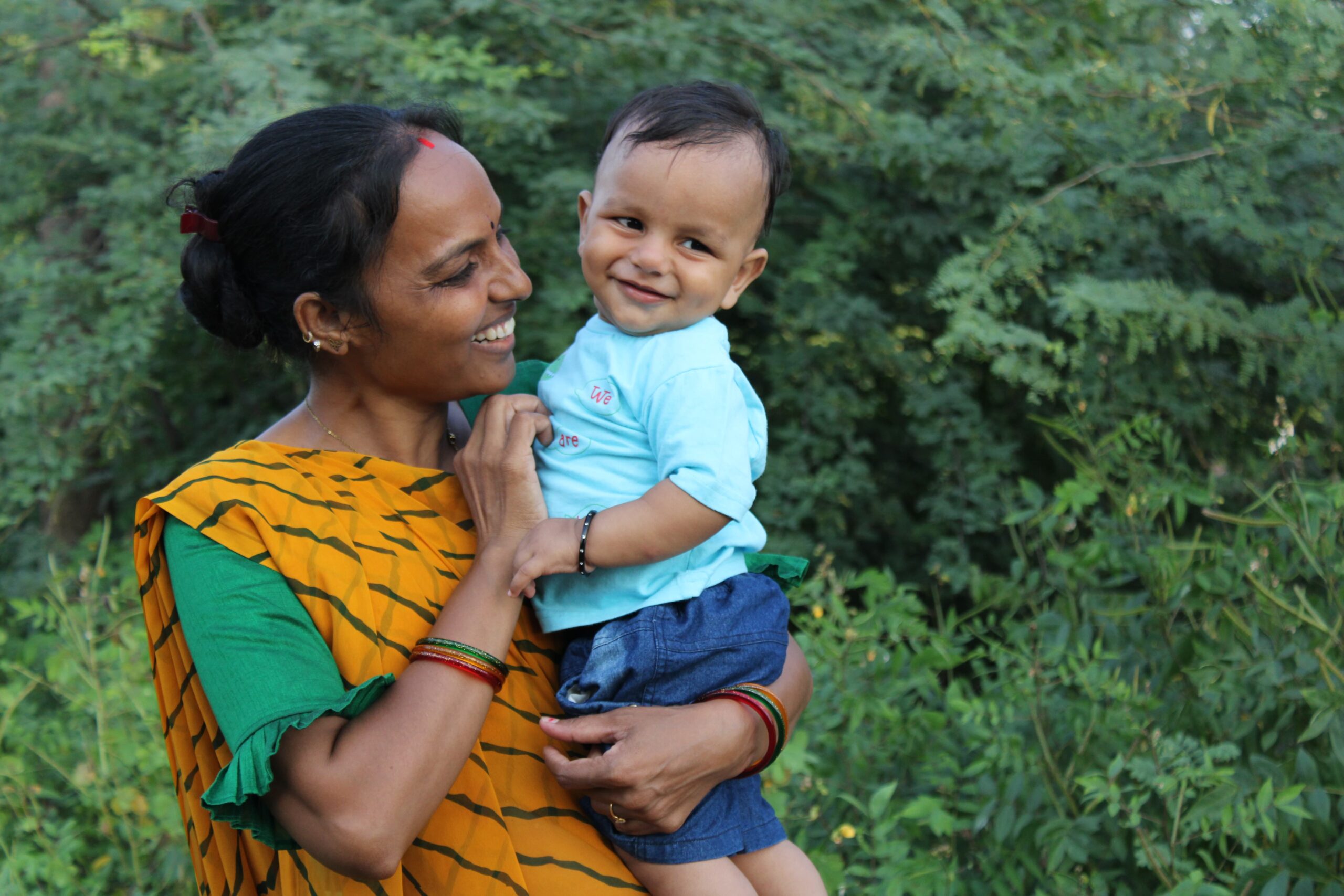Project Trupti launched in Sanand, Gujarat is supported by Baxter Pharmaceutical India Pvt. Ltd. and implemented by Action Against Hunger India. The project adopts a comprehensive life cycle approach, seamlessly integrating health and integrated Child Development Services (ICDS) to provide holistic support to the community.
This project aims to significantly enhance the health and well-being of mothers and children up to 5 years old by providing timely referrals and treatment, ensuring every child receives the essential care for a healthy start in life. Improve Infant and young child breastfeeding practices in the community, and improve awareness of safe drinking water, and personnel hygiene through various approaches of social and behavioral change communication strategies.





